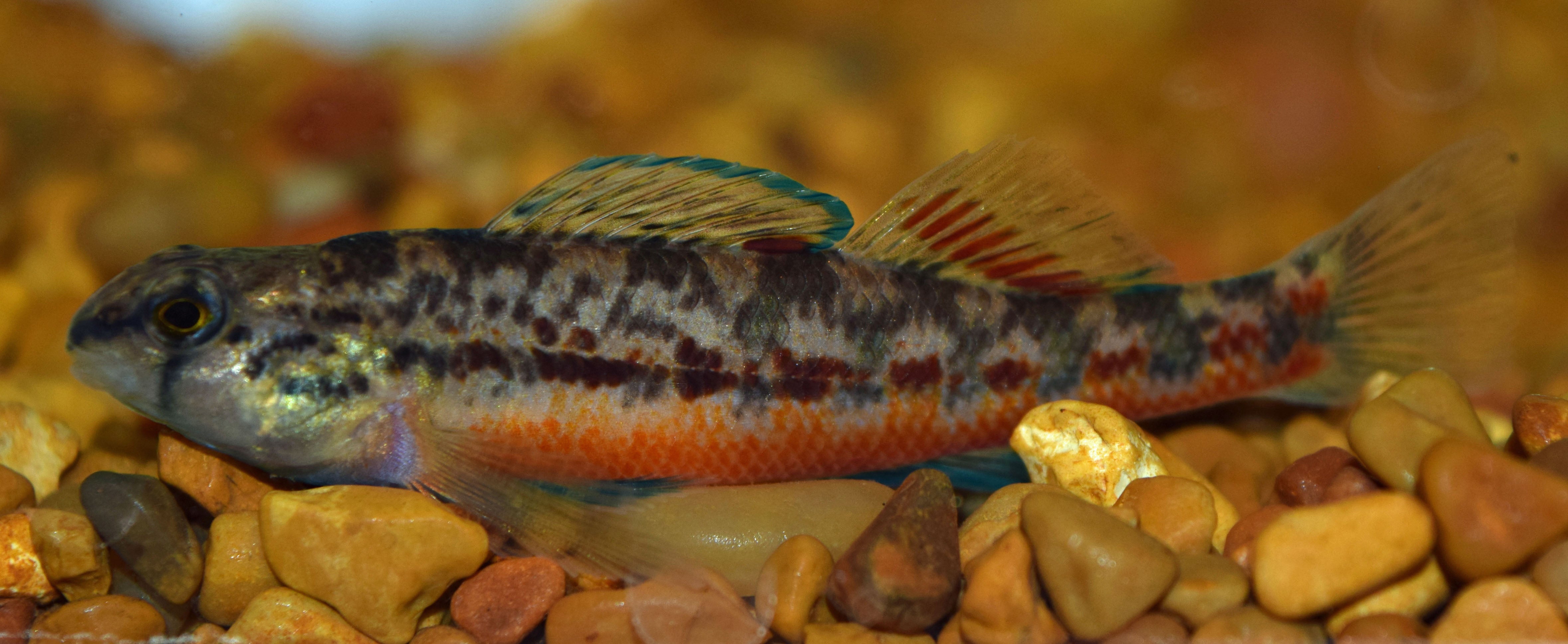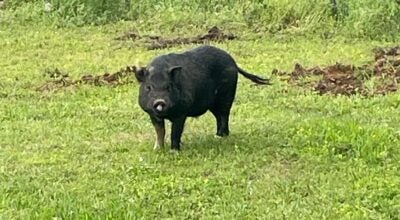USDA to target Yazoo darter fish in rivers
Published 11:10 am Wednesday, November 30, 2016
The Yazoo darter fish may be small but it plays a huge role in keeping Mississippi’s rivers healthy.
However, the little guys’ lives are at risk due to the recent drought and an increase of development along the Little Tallahatchie and Yocona River.
The U.S. Department of Agriculture Natural Resources Conservation Service is targeting several species to its premier wildlife conservation effort that helps agricultural producers make wildlife-friendly improvements on working lands.
Helping the Yazoo darter is just one of 11 such projects for the Working Lands for Wildlife, the agency’s targeted,
science-based effort to help producers restore and protect habitat for declining species on farms, ranches and working forests.
The darters typically inhabit tributaries of the Little Tallahatchie and Yocona rivers. In recent years, the Yazoo darter populations have been on the decline, resulting in its classification as vulnerable by the Southeastern Fishes Council and American Fisheries Society, and as globally imperiled by NatureServe. They are only found in north central Mississippi.
“If the Yazoo darters are thriving, then the watershed is healthy,” said Kavanaugh Breazeale, with the USDA Natural Resources Conversation Service.
Culverts need to be lowered
Breazeale said there are man-made culverts and low-water crossings that, because of a lack of rain, are separating the darters from each other and diminish breeding.
“Those culverts and crossings need to be lowered,” Breazeale said.
To help reverse population declines, NRCS is working with private landowners in Lafayette County, and other targeted areas along the Little Tallahatchie and Yocona rivers, to increase available habitat and improve water quality to support the species’ recovery.
Much of the work focuses on reducing runoff of nutrients and sediment from grazing lands, croplands, and working forests.
NRCS offers technical and financial assistance to help landowners improve soil and water conservation on grazing lands, croplands, and working forests. This assistance helps producers plan and implement a variety of conservation activities, or practices, that benefit the Yazoo darter and many other species.
“One of the major threats to the Yazoo Darter is decreased water quality due to excessive sediment, nutrients, and pesticides from a variety of land use practices, including agriculture and forestry,” said Justin Fritscher, communications coordinator with the USDA Natural Resources Conservation Service. “This initiative will include practices aimed at preventing or reducing sources of these pollutants. This will not only benefit the Yazoo darter through increased water quality but will also benefit forestry and agricultural producers by conserving soil and other natural resources, which will improve long-term productivity and sustainability of their operations.”
The agency’s staff of experts and conservation partners work side-by-side with producers to develop a conservation plan. Each plan focuses on the improvement of Yazoo darter habitat and is tailored to the landowner’s property and objectives. These plans provide a road map for how to use a system of conservation practices to meet natural resource and production goals.
Habitat restored for the Yazoo darter benefits many other species, including the Yazoo crayfish, alligator snapping turtle and rayed creekshell mussels, all of which have been petitioned for listing as threatened or endangered by the U.S. Fish and Wildlife Service.
For more information on how to help the Yazoo darter fish, contact the USDA in Oxford at 662-234-8701.






